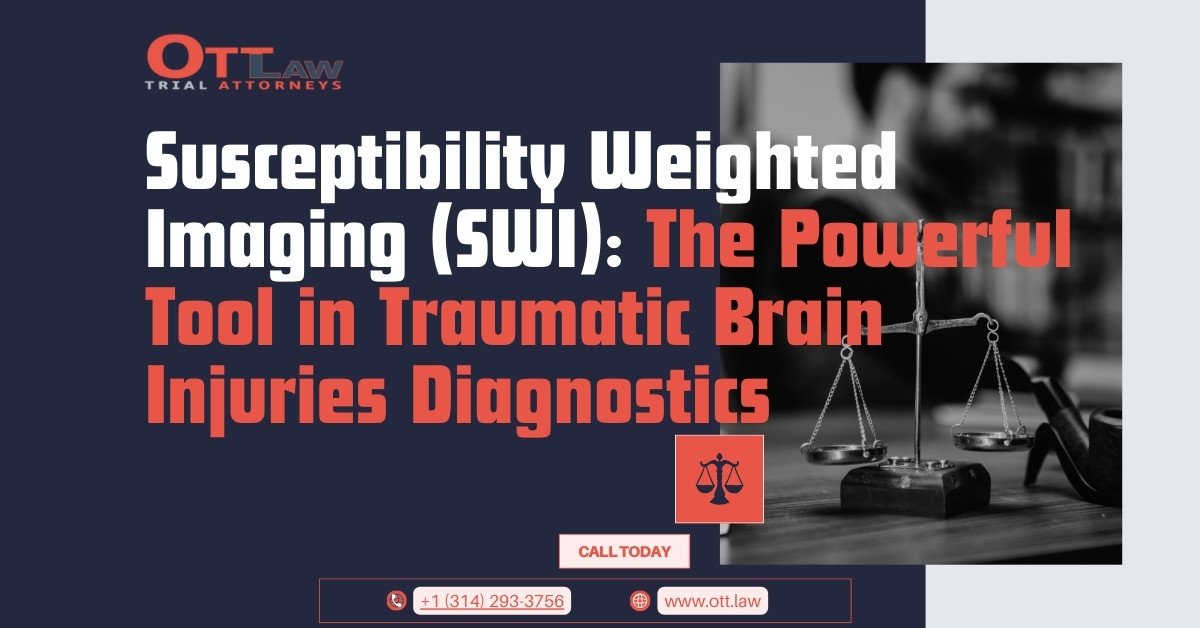Brain injuries, given their intricate and complex nature, require specialized tools for effective diagnosis. In the evolving realm of MRI sequences, Susceptibility Weighted Imaging, commonly referred to as SWI, is a modern marvel. It offers unparalleled insights, especially when it comes to visualizing the aftermath of hemorrhages in the brain.
SWI: The Modern Marvel in MRI
1. Powerful Gradients: SWI stands out due to its use of potent gradients, essentially changes in magnetic fields across the patient. These gradients make SWI ultra-sensitive to any disruptions in the magnetic field.
2. Sensitivity to Hemoglobin: Hemoglobin contains iron, which has a minute magnetic effect. SWI is designed to detect this magnetic effect, making it efficient in visualizing blood disturbances, especially those that might be invisible in other MRI sequences.
3. Visualizing Hemociderin: One of the standout capabilities of SWI is its proficiency in detecting hemociderin—a byproduct left behind after the absorption of blood. Hemociderin is essentially iron, which naturally disrupts magnetic fields. With SWI, one can identify areas where this magnetic disruption occurs, and it appears as a loss of signal or turns black.
4. Long-Term Efficacy: The aftermath of a brain injury doesn’t disappear overnight. In many cases, remnants like hemociderin can remain in the brain for years. SWI offers the unique advantage of detecting such remnants even after prolonged periods, making it a valuable tool for long-term monitoring of patients with a history of brain injuries.
Conclusion
The introduction of SWI in the arsenal of MRI sequences has undoubtedly revolutionized the diagnostic landscape for traumatic brain injuries. Its ability to detect minute blood disturbances offers hope for more accurate and timely diagnosis, ensuring that patients receive the care they need.
For those seeking legal counsel related to traumatic brain injuries or related concerns, OTT Law Firm stands ready to assist. Equipped with a deep understanding of the complexities surrounding brain injuries and their ramifications, we are committed to ensuring that justice prevails.
- Address: 3544 Oxford Ave, Maplewood, MO 63143, United States
- Phone: +13142933756
- Email: joe@ott.law
- Website: OTT Law
References:
- The powerful gradients utilized in SWI.
- SWI’s sensitivity to hemoglobin and its magnetic effects.
- The ability of SWI to visualize hemociderin, even several years post-injury.
- The advantage of SWI in long-term monitoring of brain injuries.

